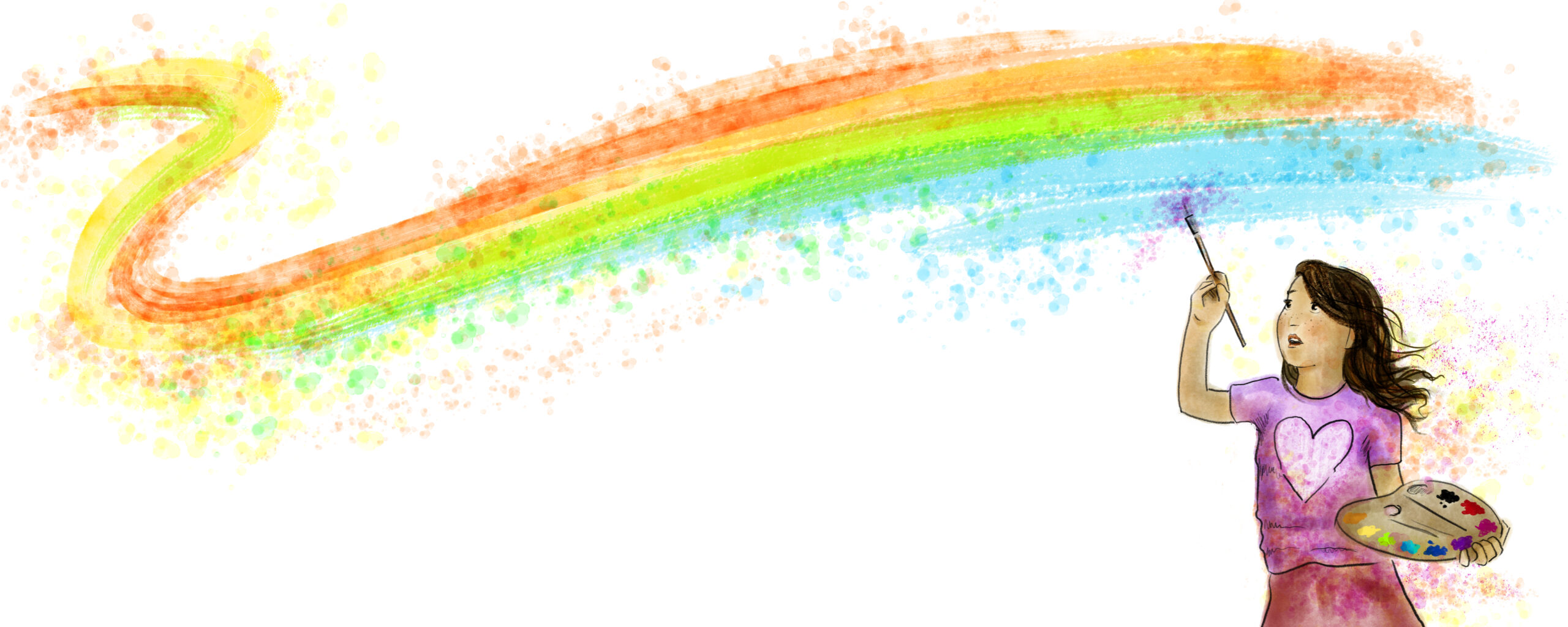An Artist’s Heart (and Mind): Creativity and Mental Illness
 I shed a few tears last night watching the most recent episode of Parts Unknown. For years Pete and I have recorded Anthony Bourdain’s shows, the ones he’s hosted and produced—No Reservations, The Layover, Mind of a Chef—to name a few. A Sunday date night, sharing popcorn and traveling to all the places we want to go to and eat at, but haven’t… because you know, field trip permission slips and baby spit up.
I shed a few tears last night watching the most recent episode of Parts Unknown. For years Pete and I have recorded Anthony Bourdain’s shows, the ones he’s hosted and produced—No Reservations, The Layover, Mind of a Chef—to name a few. A Sunday date night, sharing popcorn and traveling to all the places we want to go to and eat at, but haven’t… because you know, field trip permission slips and baby spit up.
Bourdain’s and Kate Spade’s deaths have released a flurry of online commentary on mental health, depression, and anxiety. Those conditions are REAL. But, as Bourdain’s words about Berlin drew me in last evening, I was reminded of his finely tuned writing muscle and creative talent. The man was an artist, one of many mediums, and having an artist’s heart is HARD.
I don’t claim to be an artist of Bourdain’s stature, but I am an artist, and for me that has meant feeling things, and experiencing life acutely and deeply, often way more than I want to. I’ll absorb the feelings of people and the energy of settings, even when I try to consciously resist doing so. For artists, this ability (affliction?) can be a catalyst for artistic expression. Bourdain was a master at using immersive words and images in a way that made me think I’d experienced his travels myself. Other times, feeling all those feelings as an artist, especially when you don’t know what to do with them or have no immediate outlet, creates a crushing weight one must bear.
There’s no doubt, that this unique sensitivity can be co-morbid with depression, anxiety, and other mental illness. But is important to recognize that creativity is not the cause of mental illness. Nor is it the great beneficiary of it, as many people would have you believe. Kurt Cobain’s music wasn’t great because he was depressed, suicidal, or substance abusing. It was great because he was sensitive and expressive, and was able to harness those feelings into song for a time. Seeking mental health treatment has never stripped me of my creativity. In fact, it eventually benefitted my artistic expression. Trust me, it is impossible to truly create when you are experiencing deep depression, or are wracked with anxiety.
I like the way Albert Rothenberg, MD puts it “…creative processes are goal directed, productive, and under rational governance, the hallmarks of healthy, adaptive functions. Although they deviate from ordinary thinking and are difficult to use, they are not, like symptoms of mental illness, involuntary and disruptive.”
Can you be an artist, a good artist, without being mentally ill? Of course! Do some (many?) artists wrestle with mental illness in their lives? Yes! But an artist’s mental illness does not define the value of their work or their creative prowess. Being an artist is perplexing. Our curse of feeling so deeply that we need to express it tangibly, is also often our cure. Add on to that the artist’s role of communicating those feelings to others in an effort to help them understand us, the world, or themselves, and well, you can see where it gets overwhelming.
As our society hopefully works to de-stigmatize mental health issues, I hope we will also open channels for discussion about the relationship between creativity and mental illness. I don’t know the ins-and-outs of Bourdain’s or Spade’s mental health, but I do know that our world has lost two great artists. Two in a long line of many, the majority completely unknown to us, and from whom there won’t be any more creative work coming. And for the heart of this artist, that is hard.
If you need help or know someone who does call the toll-free National Suicide Prevention Lifeline (NSPL) at 1-800-273-TALK (8255), 24 hours a day, 7 days a week. Check on your friends. Send that text you’ve been meaning to. It might make all the difference.